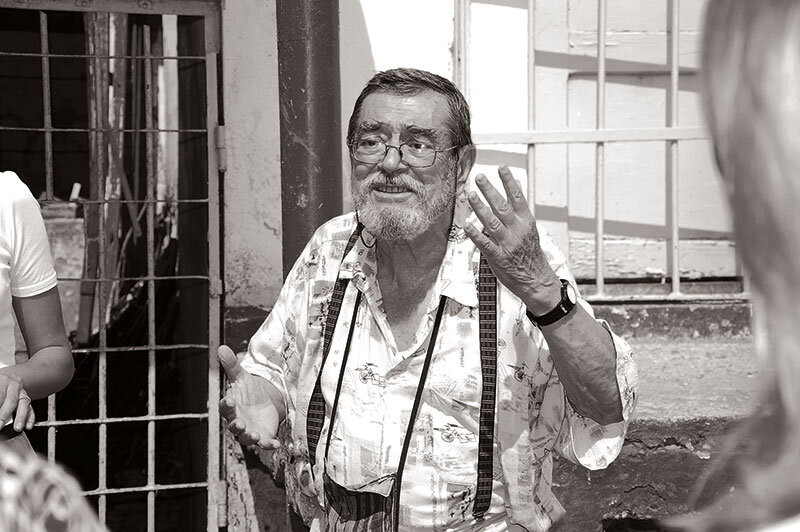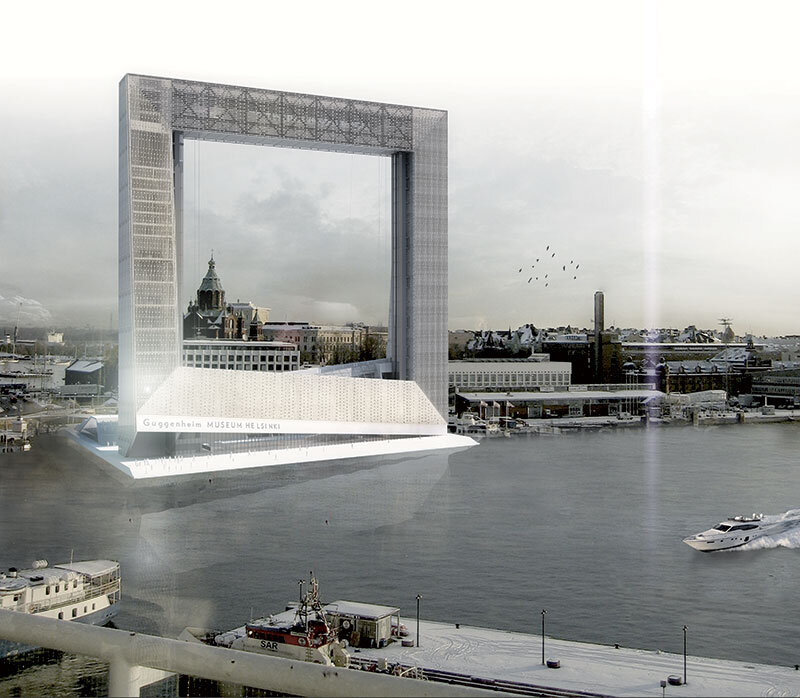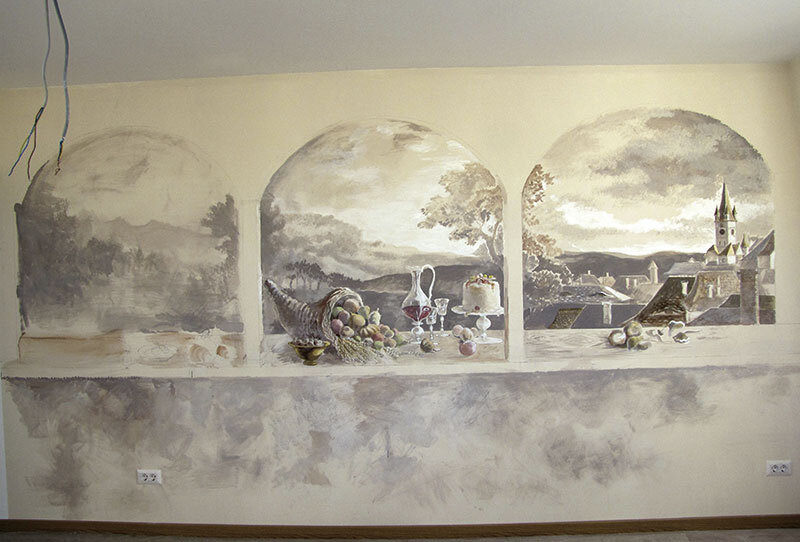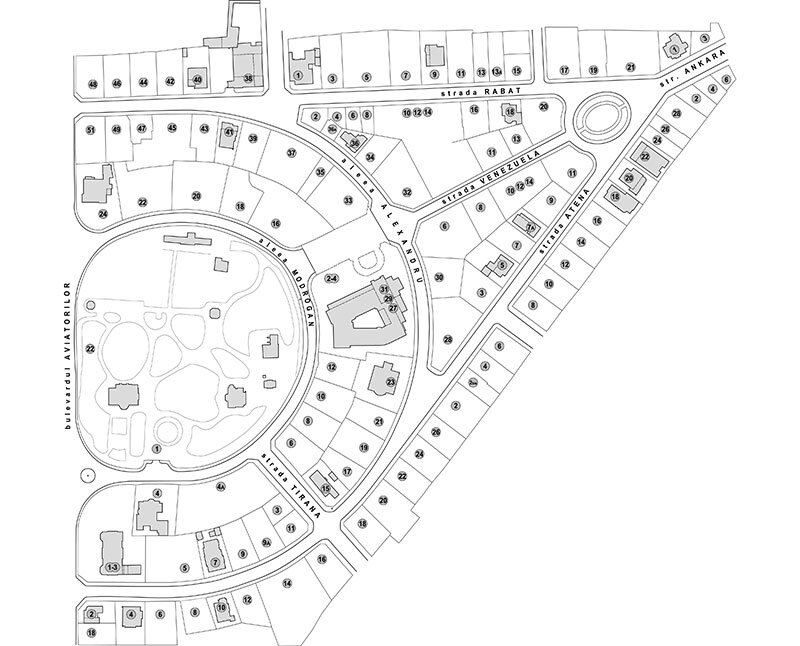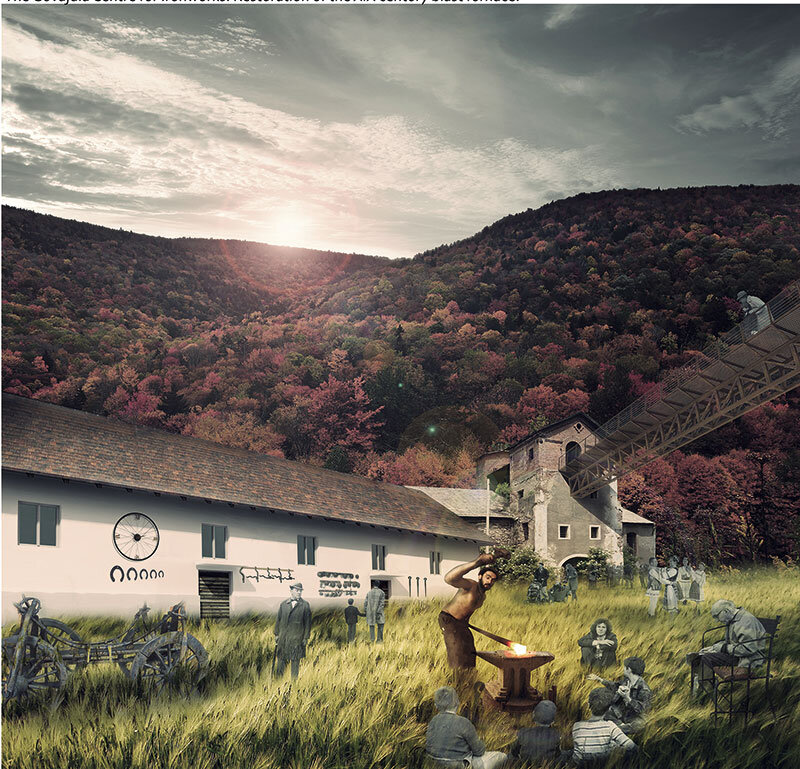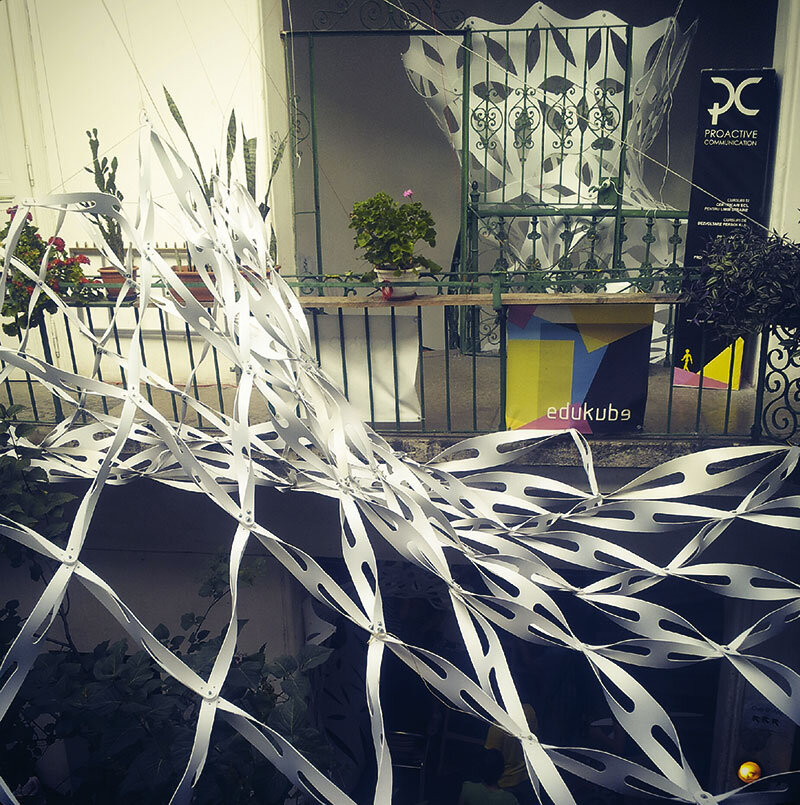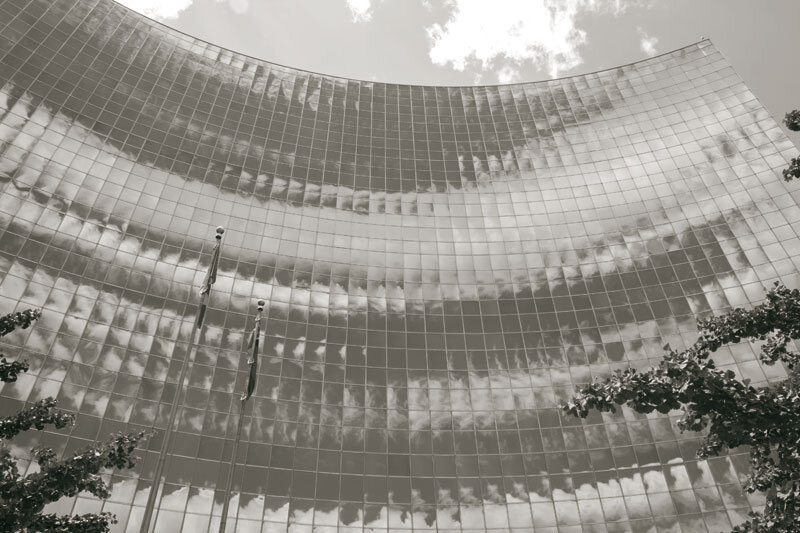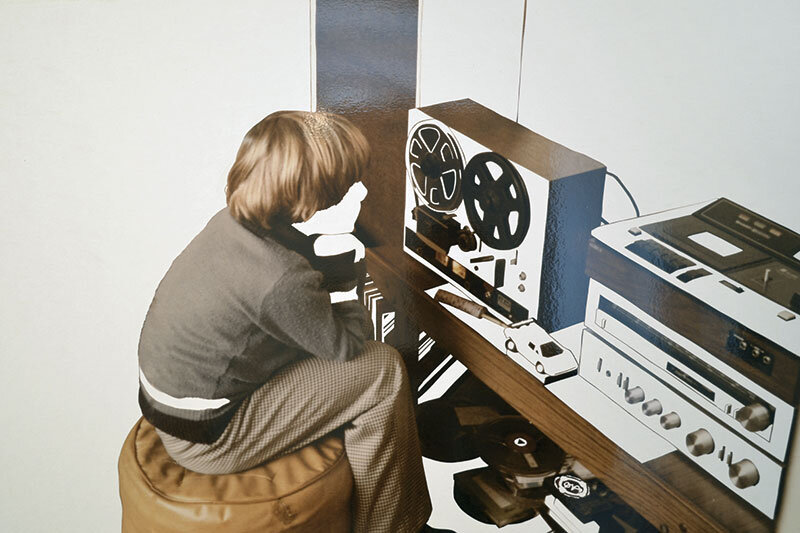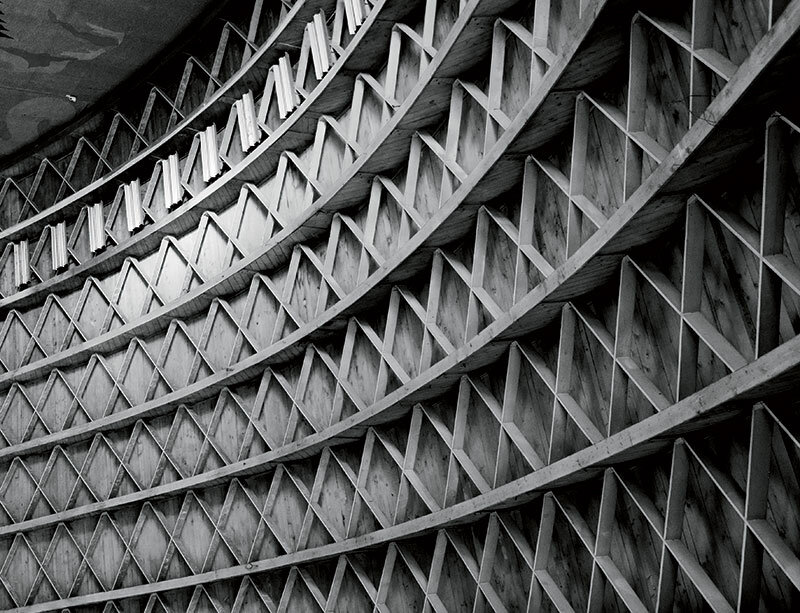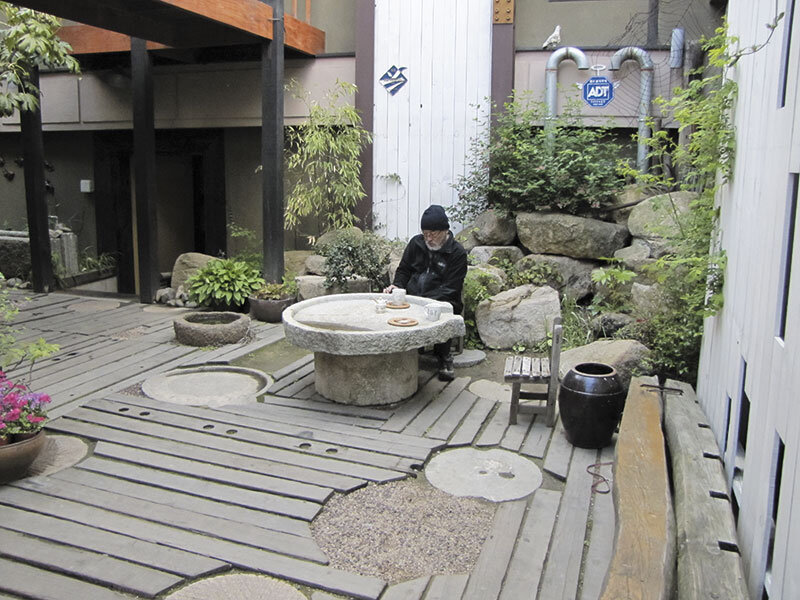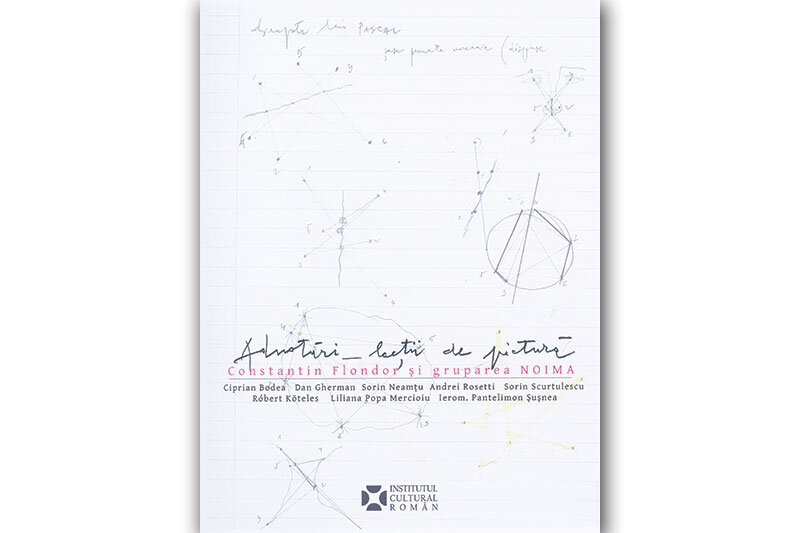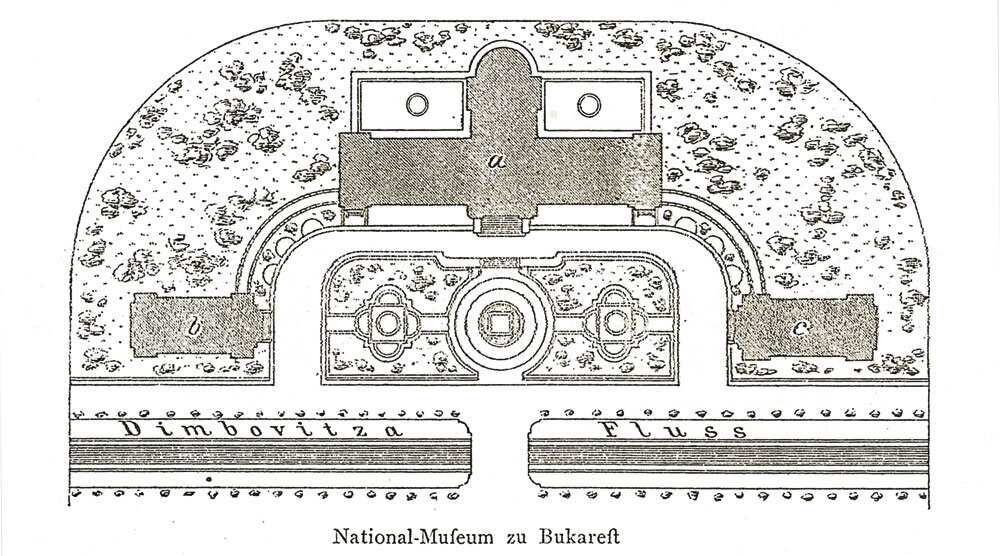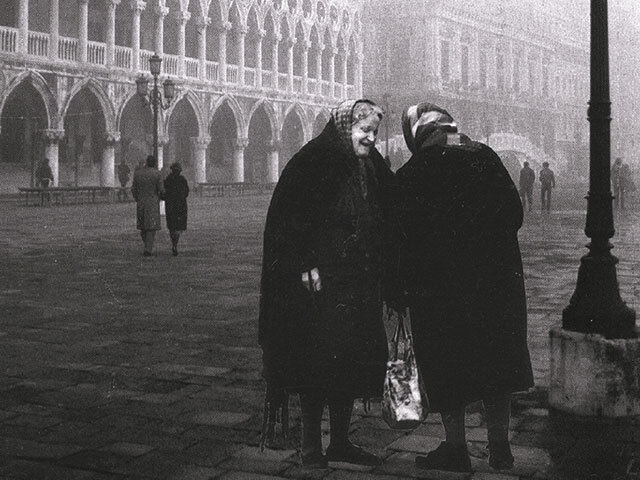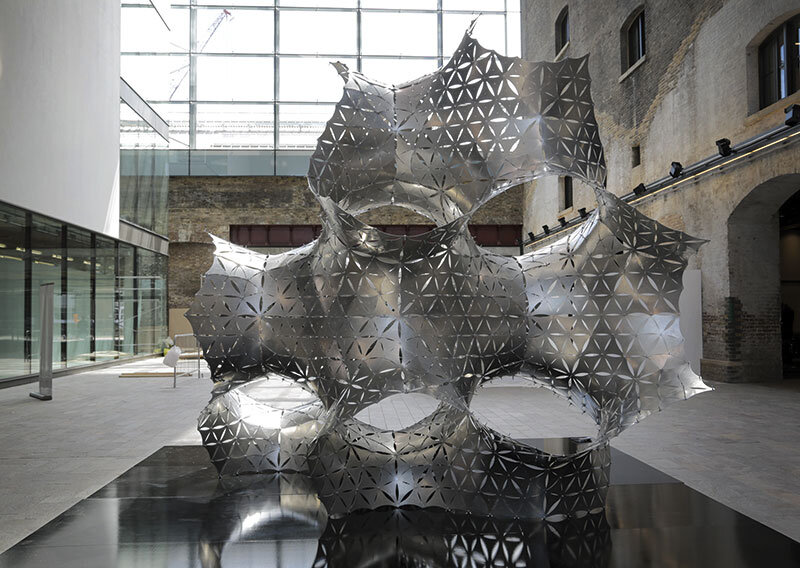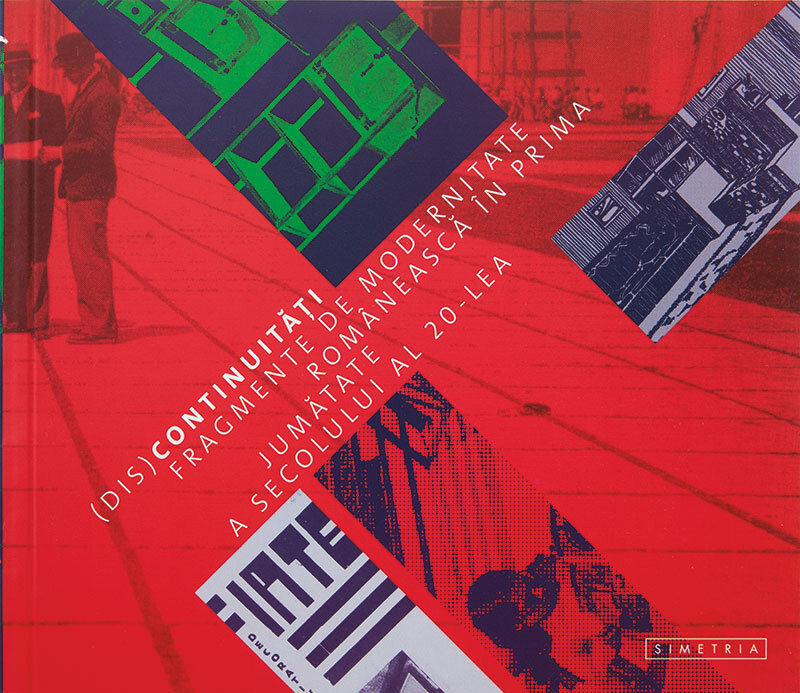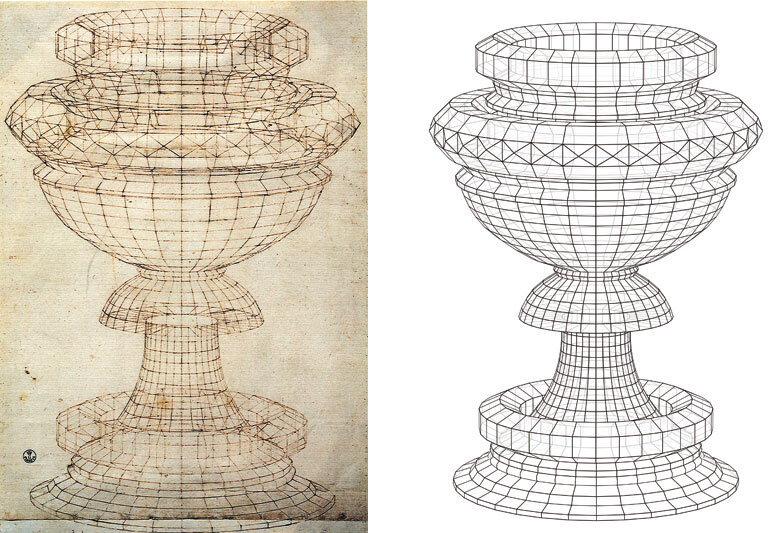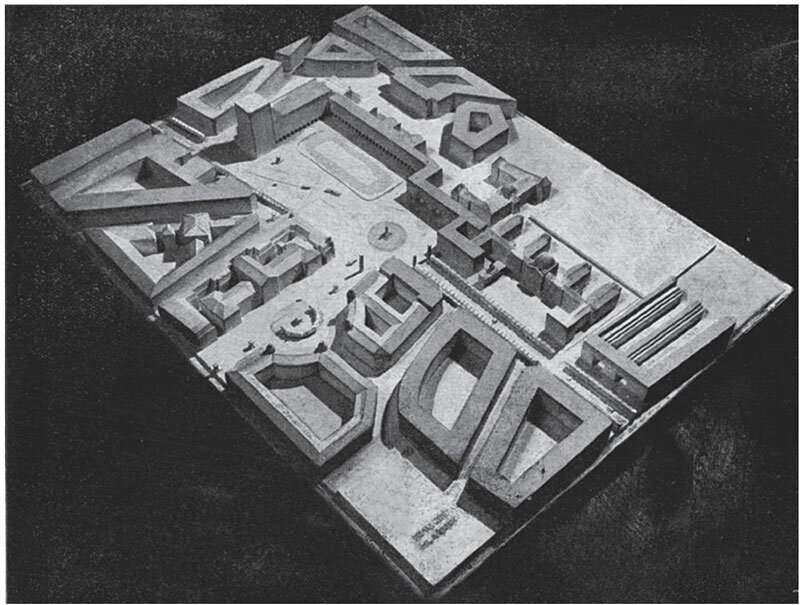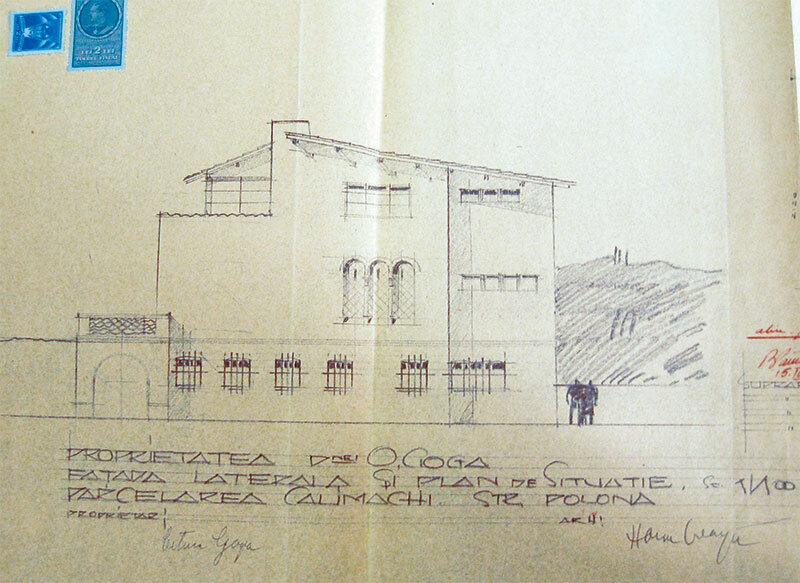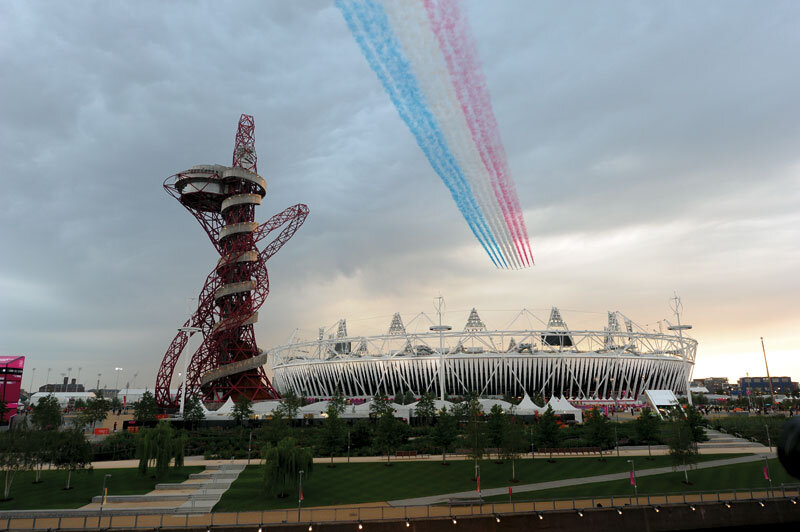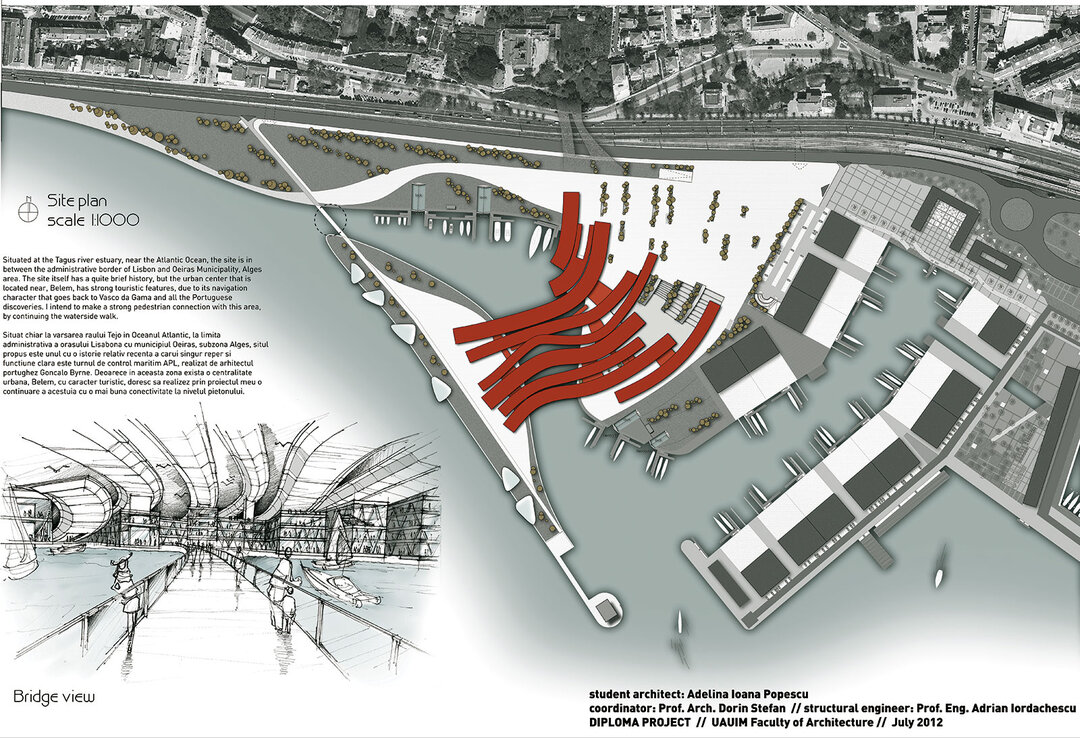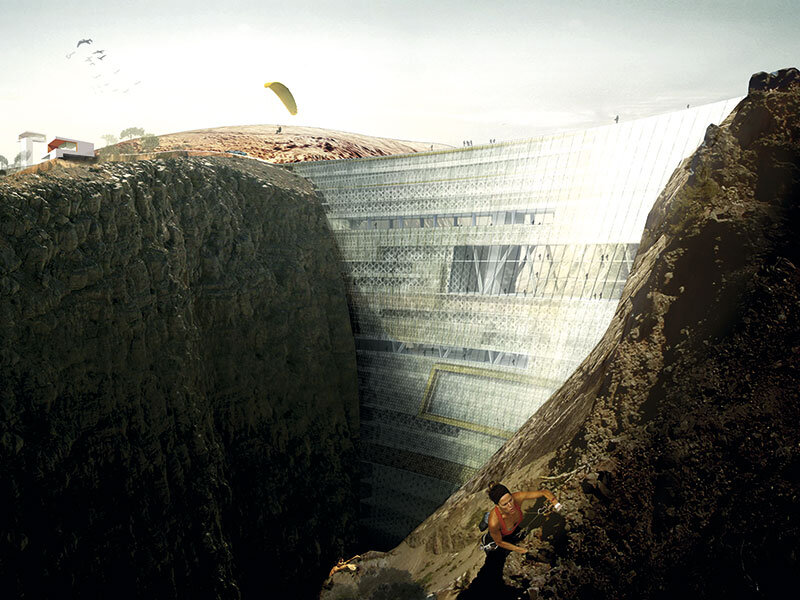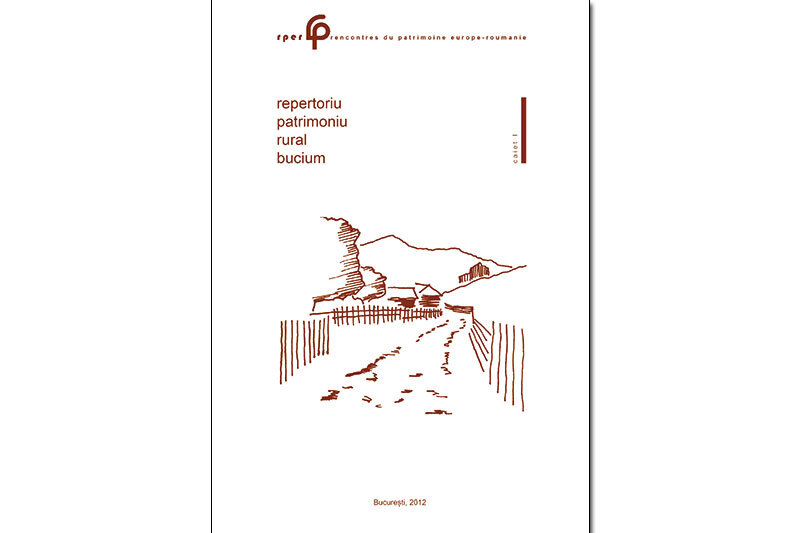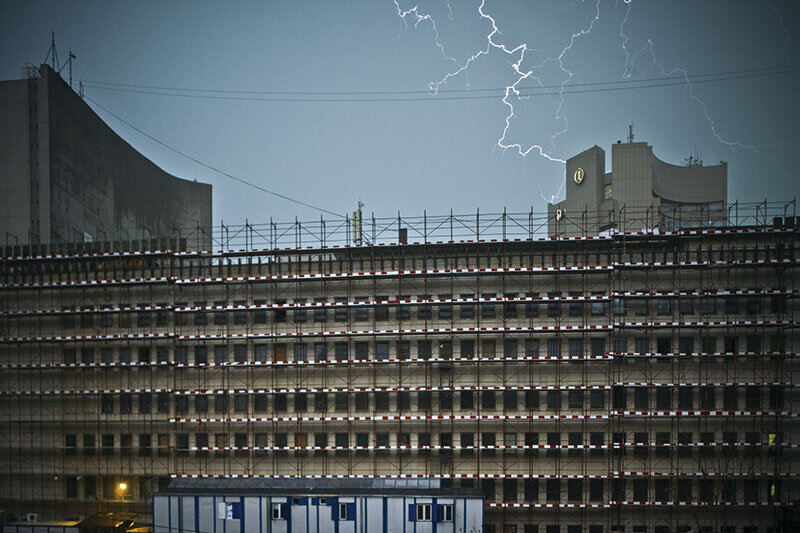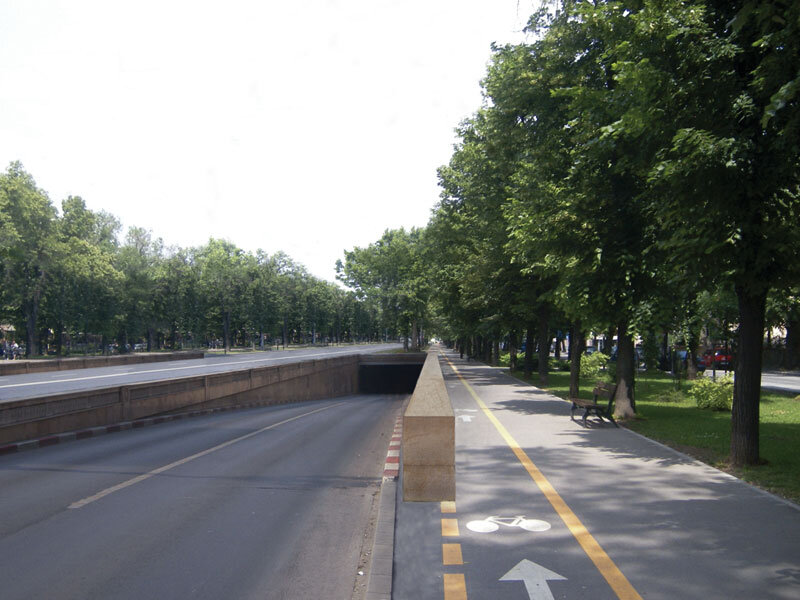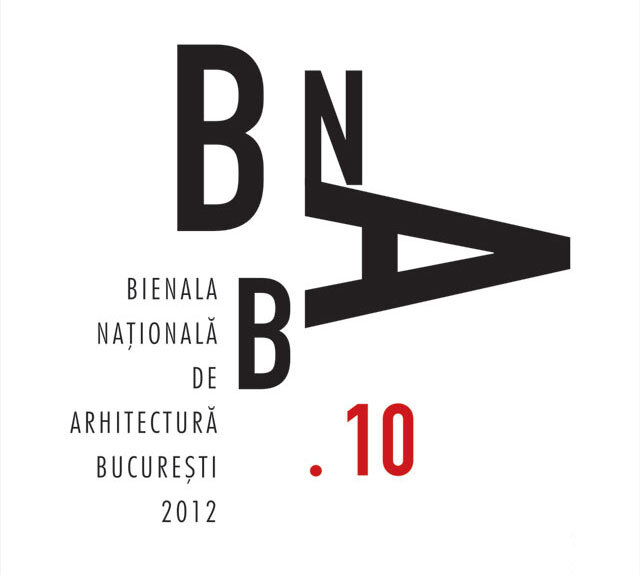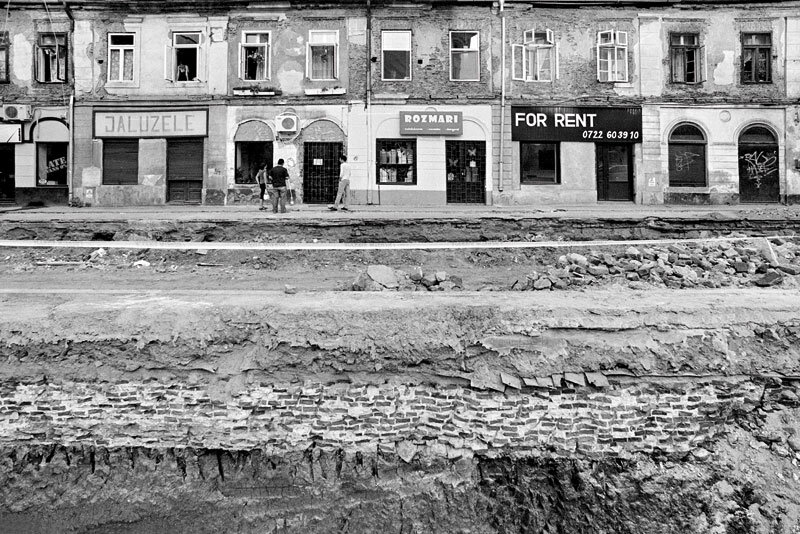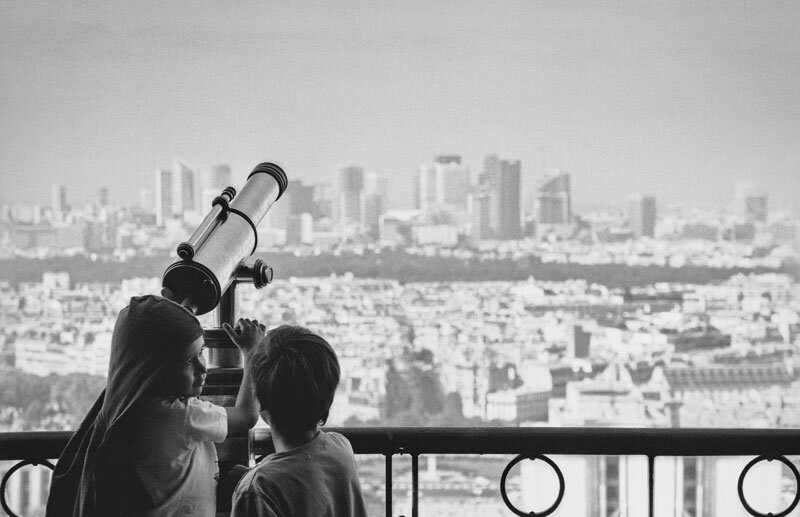
Theoretical premises for the initiation of a method for investigating the image of the architectural-urban space
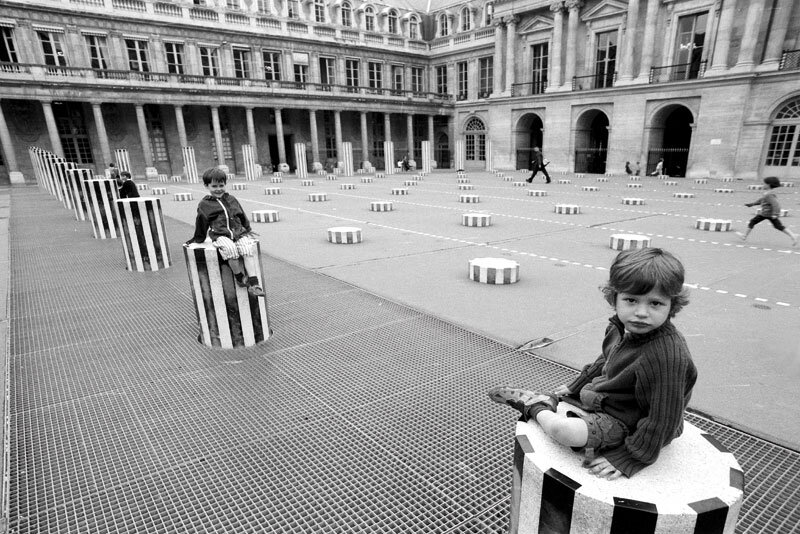
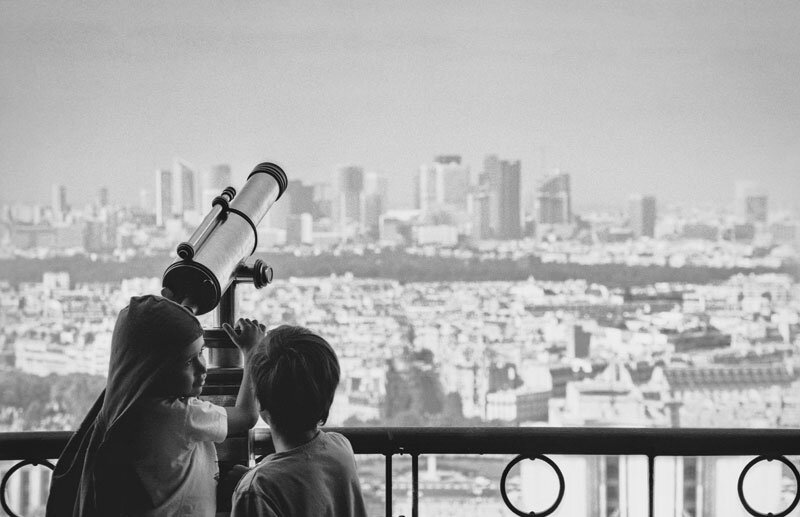
Contemporary urban space develops and presents multiple meanings depending on the reference systems to which we refer in an attempt to decode it. Architects, urban planners, sociologists, anthropologists, ethnologists, historians, philosophers, artists contribute with specific visions and methods aimed at identifying, evaluating and explaining the layers that make up the urban environment in a veritable palimpsest, the way it is produced and reproduced with each movement of those who walk through it and use it , discovering, inhabiting, modifying and abandoning it in order to redefine it, dynamically, in a new form, the result of these reciprocal actions. Thus the difficulty of positioning the architect and urban planner specialist is highlighted by the simultaneous consideration of "recent man"1 and "modern man"2, the city being programmatically conceived for "tomorrow", but necessary to respond to the demands of its inhabitants in the present, forced to reconcile all its temporal layers through the natural assimilation of its own "modernity".
A demarcation that rationally highlights two complementary categories, that of the designers - those who conceive the city, organize it, decide and put it into action, and that of the users - those who 'live' it, use it, activate and adapt it, 'consume' it, must be aware of the role of the latter in defining and assuming the continuous transformation of the community space, of what it becomes through appropriation and use. The limits of the design process in architecture and urban planning are reached when "the natural order of thingsfollows theimagined order", recalling that Louis Kahn advocated the affirmation of the natural order of things in the formula "what space wants to be"3. This raises the question of the limitations of the dialectical approach to architecture in terms of what is measurable and unmeasurable, the physical nature of things being a measurable entity, while people's experiences and aspirations are difficult to quantify.
The field of architecture and urban planning considers the subjective aspirations of the individual, revealed by norms - almost exclusively in terms of the aesthetic dimension, of the representation of space. The individual as the receiver of images has become, par excellence, a subject of spatial psychology. The very definition of architecture itself, which shifts between terms such as "useful" and "beautiful", emphasizes the need to consider the human subject not only as a user and receiver of images, but also as the author of his or her own reality. The particular dynamics of the relationship between built space and human existence, expressed and manifested over time, constitute a significant area that needs to be known and understood by means that are sensitively adapted. Rem Koolhaas emphasizes this when he states that "the most intimate values of our professions are very old, often bimillenary. They have become inadequate to grasp the events in progress, this acceleration of things"4.
In the thematic context thus explained, the constitution and involvement of an efficient, structured method of study, linked to the need for knowledge of the mechanisms and consequences of the dynamic conditions of use of public space that (re)define it constantly and unpredictably - reveals the need to involve appropriate tools, adapted to the anticipatory and evaluation dimension - as essential elements of the conception-design process in architecture and urban planning. From this point of view, the issue of the individual and the community thus moves from the sphere of the objective function and use of the built space to that of its subjective appropriation and representation, which requires knowledge and understanding of the human subject as an image receiver, through the interaction between the human subject and the built space.
Going through the notions that characterize the urban space requires a rigorous approach, by dissociating the planes that make it up, considering both its configurative-spatial components (objective) and those that describe the conditions of its use (in the plane of subjective perception). The analysis of these planes is able to highlight the subject of the practices of investigation, synthesized through the analysis of concepts related to the image, which will acquire a double connotation - both as a mental representation of the urban setting and as an effective result of observation.
The notion of Image is the one that comes to "load" with meaning, through the experience of spatial representation, the user's relationship with the framework-support of his existence. It is thus possible to emphasize the condition of the individual from a double perspective, both as a user - as an explicit presence in the constructed space and component of the social space, and as an image receptor, through the projection of space at the level of one's own mental representation processes. The transition from reality to image is realized through the filtering of information, a process that depends on subjective constraints and personal motivations.
The subjective and individual mental exercise that determines the process of perception, through the involvement of memory - related to the time factor, creates an image of space specific to each receiver, different for the same real spatial frame, depending on the subject. Perception is a complex phenomenon involving not only the sensory relationship with the environment, but also culture, the subject's personality and the type of message transmission.
Read the full text in issue 4/2012 of Arhitectura magazine.
NOTES:
1. H.-R. Patapievici in the book Omul Recent, Humanitas Publishing House, Bucharest, 2001.
2. Hannah Arendt addresses the problem of reconsidering the dimensions of human action and the world of appearances in Condition de l'homme moderne, Calmann-Lévy, Paris, 1961.
3. Vladimir Nicula, in The Temporal Intimacy of Public Space, summarizes Robert Twombly's considerations in the preface to Louis Kahn - Essential Text, Robert Twombly Publishers, W. W. Norton & Company Inc., New York, NY, 2003, p.10.
4. Cf. Rem Koolhaas, in an interview with Jean Michel-Place.

